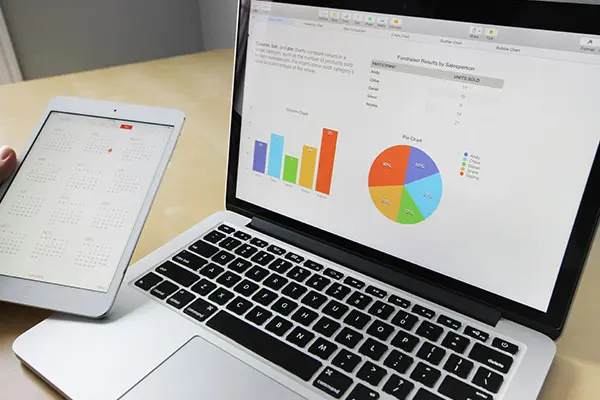Investing is more than just placing your money into various financial instruments—it’s about setting a course for your financial future. Understanding your goals and crafting a well-thought-out strategy is essential for transforming your hard-earned money into long-term growth. Here’s a comprehensive guide to help you navigate the investment landscape effectively.
Understanding Your Financial Goals
Before embarking on your investment journey, it’s vital to define your financial objectives. Are you preparing for a short-term purchase, such as a vacation or a new car? Or are you focused on long-term goals like retirement or funding your child’s education? Clearly outlining your goals will guide how you allocate your investments and shape your overall strategy.
Building Your Financial Foundation
A strong financial foundation is crucial before diving into investments. Here’s what you should prioritize:
- Emergency Fund: Establish a safety net by saving 3-6 months’ worth of living expenses in a liquid account, such as a savings account or a liquid fund. This fund acts as a buffer against unexpected expenses or financial emergencies.
- Insurance: Safeguard yourself and your assets with comprehensive insurance coverage, including health, life, home, and car insurance. Proper insurance ensures that you are protected from unforeseen events that could derail your financial plans.
How to Split Your Money
With a solid foundation in place, you can start allocating your money towards investments. Here’s a general guideline on how to split your investments, but remember, the specifics should be tailored to your individual situation and risk tolerance.
- Risk Tolerance: Assess your comfort level with market fluctuations. Younger investors typically have a higher risk tolerance compared to those nearing retirement. Your risk tolerance will influence how you distribute your investments.
- General Allocation:
- Emergency Fund: 3-6 months’ living expenses
- Insurance: Adequate coverage based on personal needs
- Debt Repayment: Focus on paying off high-interest debt
- Investments:
- Low-Risk:
- Fixed Deposits (FD): Safe with modest returns. Suitable for short-term goals or as a component of your emergency fund.
- Recurring Deposits (RD): Provides systematic saving opportunities with guaranteed returns.
- Medium-Risk:
- Mutual Funds: Managed by professionals, these funds invest in a mix of stocks, bonds, or other securities. Choose based on your risk profile and investment goals.
- Gold: A hedge against inflation with potential for value appreciation, though it lacks regular income.
- High-Risk:
- Equity: Investing directly in stocks can yield high returns but comes with significant risk.
- Cryptocurrency: Highly volatile and speculative; suitable for investors with a high-risk appetite.
- Index Funds: Offer broad market exposure by tracking a market index, providing diversification at lower costs.
- Low-Risk:
Understanding Different Investment Options
- Fixed Deposits (FD) and Recurring Deposits (RD): These debt instruments offer guaranteed returns and are ideal for risk-averse investors or short-term goals.
- Mutual Funds: Pool investments into a diversified portfolio managed by professionals, offering broad market exposure and risk diversification.
- Equity: Investing directly in company shares provides the potential for high returns but involves considerable risk.
- Gold: A traditional safe haven asset, available in physical form or through gold ETFs, offering a hedge against inflation.
- Cryptocurrency: Digital assets with high volatility, suitable for those with a high risk tolerance and speculative investment goals.
- Index Funds: Track a market index, providing diversified exposure to the market at a lower cost.
The Power of Compounding
Compounding is often hailed as the eighth wonder of the world. It refers to the process of earning interest on your interest, which significantly accelerates wealth growth. The earlier you start investing, the more time your money has to grow through compounding.
The Importance of Diversification
Diversification is key to managing risk. By spreading your investments across various asset classes, you reduce the impact of losses from any single investment. This approach helps create a balanced portfolio that can withstand market volatility.
Seeking Professional Advice
Investing can be complex and tailored financial advice can be invaluable. Consider consulting a financial advisor to develop a personalized investment plan that aligns with your unique goals and circumstances.
Conclusion
Investing is a journey that requires patience, discipline, and a clear focus on your financial goals. By understanding your objectives, building a solid foundation, and wisely allocating your investments, you can set yourself on the path to financial growth and security.
If you have specific questions about investment options or need guidance on particular financial goals, feel free to ask!
